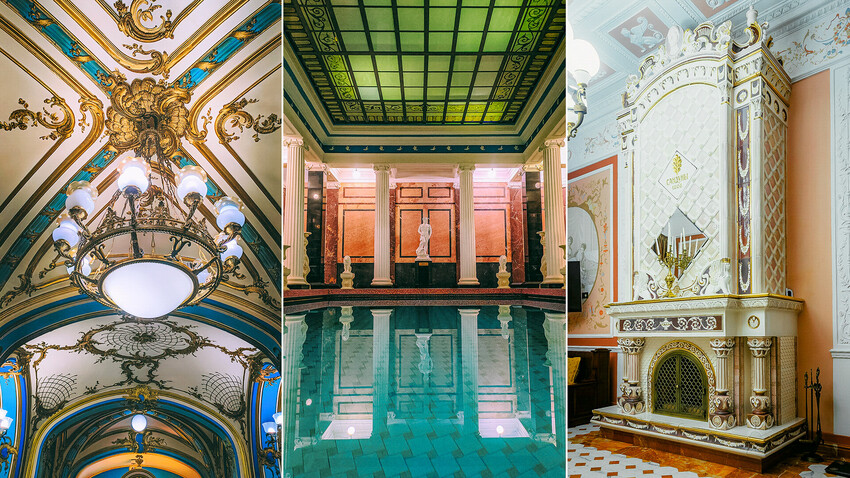
“Truly is an amazing experience! The outside doesn't do the inside any justice. Once inside you are treated to a spectacular Russian experience. Amazing Russian grandiose building with amazing period decor”, – reads one comment left on social media. There are many more comments like it. And such a glowing reaction has pretty much been the same from visitors since 1808.
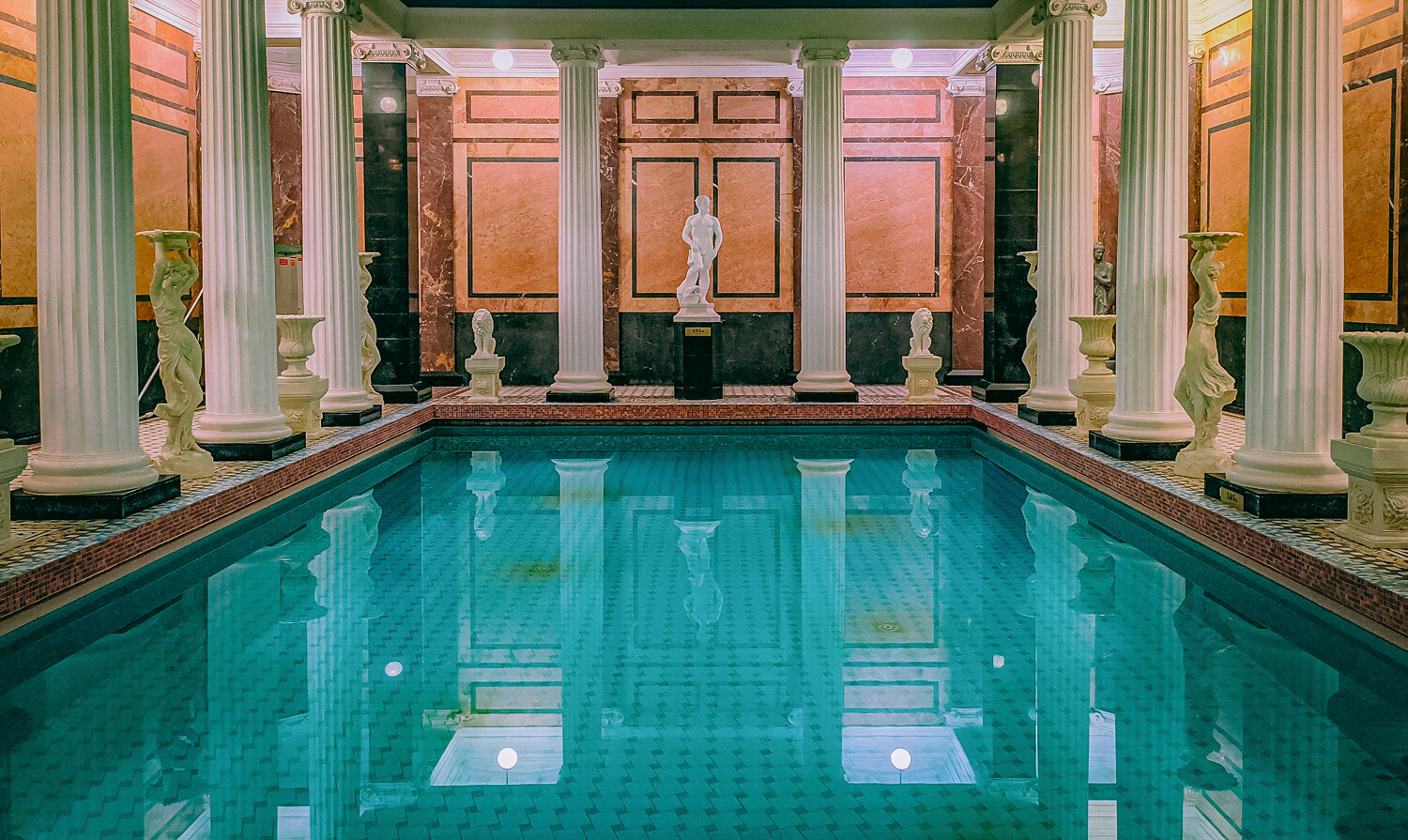
The bathhouse was always outfitted according to the latest trends, while the interior has been compared to a palace. But contrary to what you may think, despite its famous guests, which include Leo Tolstoy, Alexander Pushkin and the Romanovs, the bathhouse always welcomed people from all walks of life.
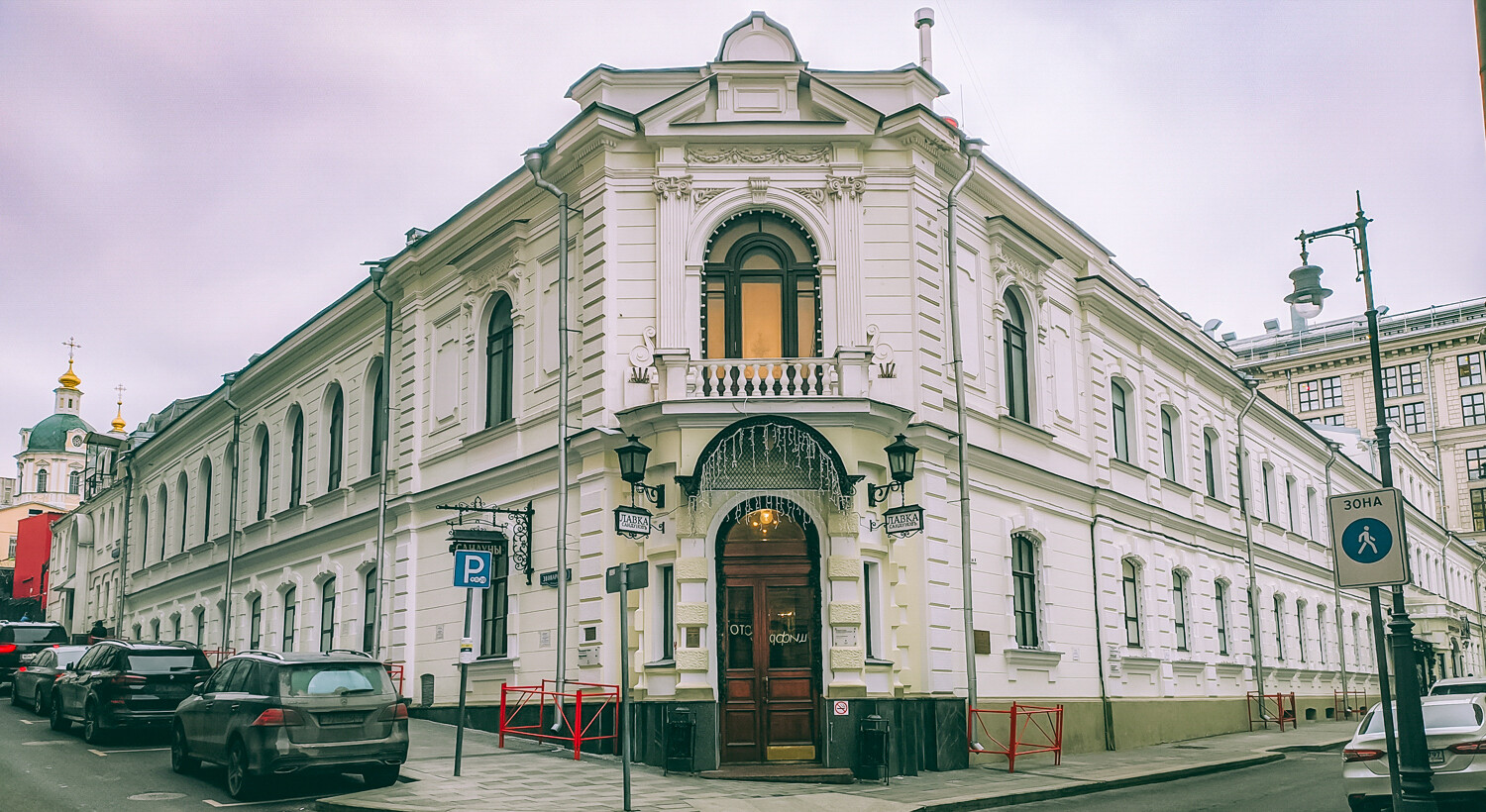
Sandunovsky Bani (“Sanduny”, for short) gets its name from the imperial era court actors Sila Sandunov and Elizaveta Uranova. Catherine II was a huge fan of their work, and when the couple married, the empress gifted them a priceless diamond necklace.
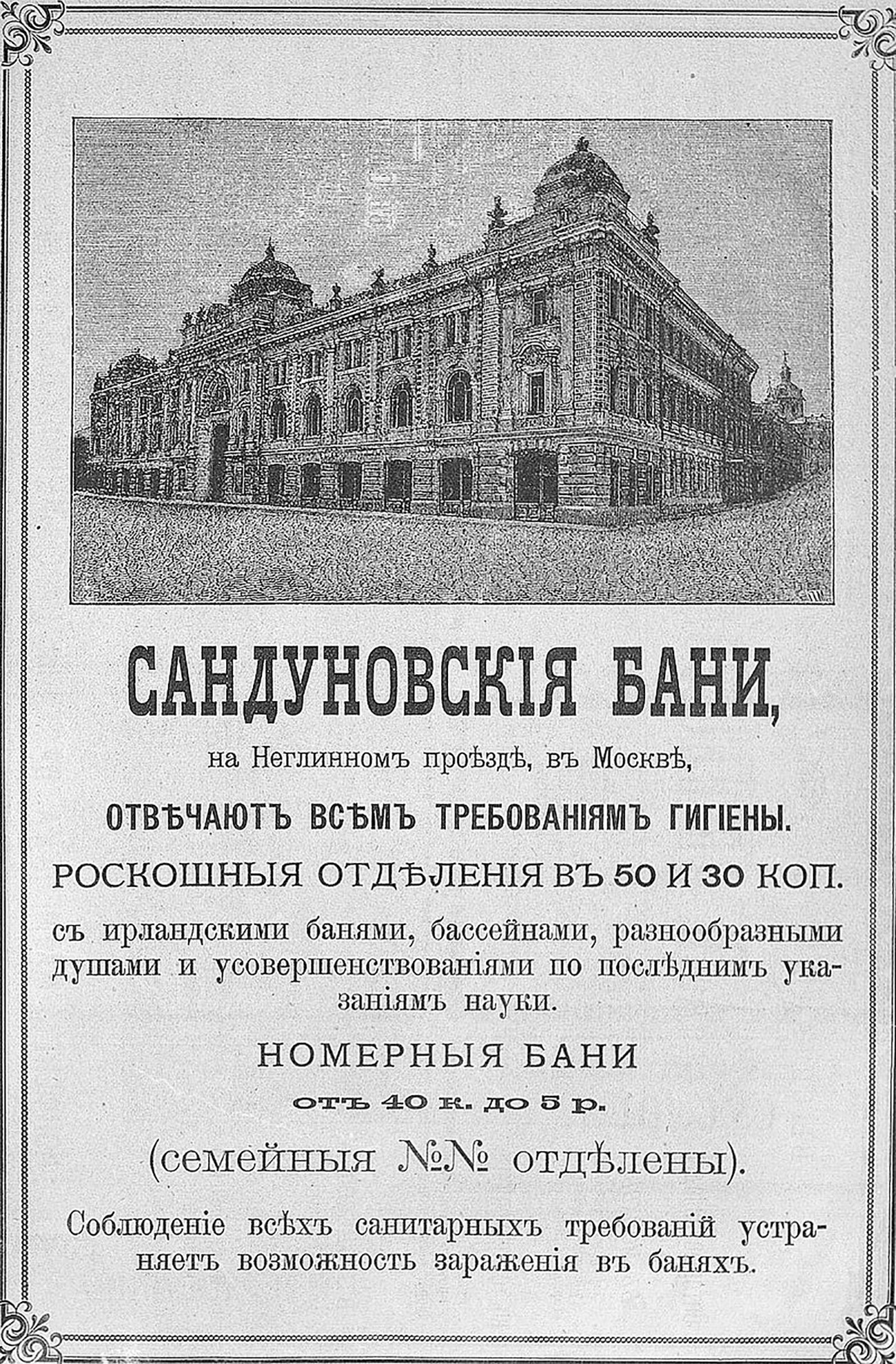
In order to improve their financial situation, Sandunov started his own business with the money he’d been saving up from his theater job. But he also sold the necklace that Catherine had given the newlyweds. He spent the entire sum on purchasing a plot of land not far from the Bolshoi Theater and Kremlin. His initial plan involved building a chain of stores and a residential block, but he eventually settled on a bathhouse.
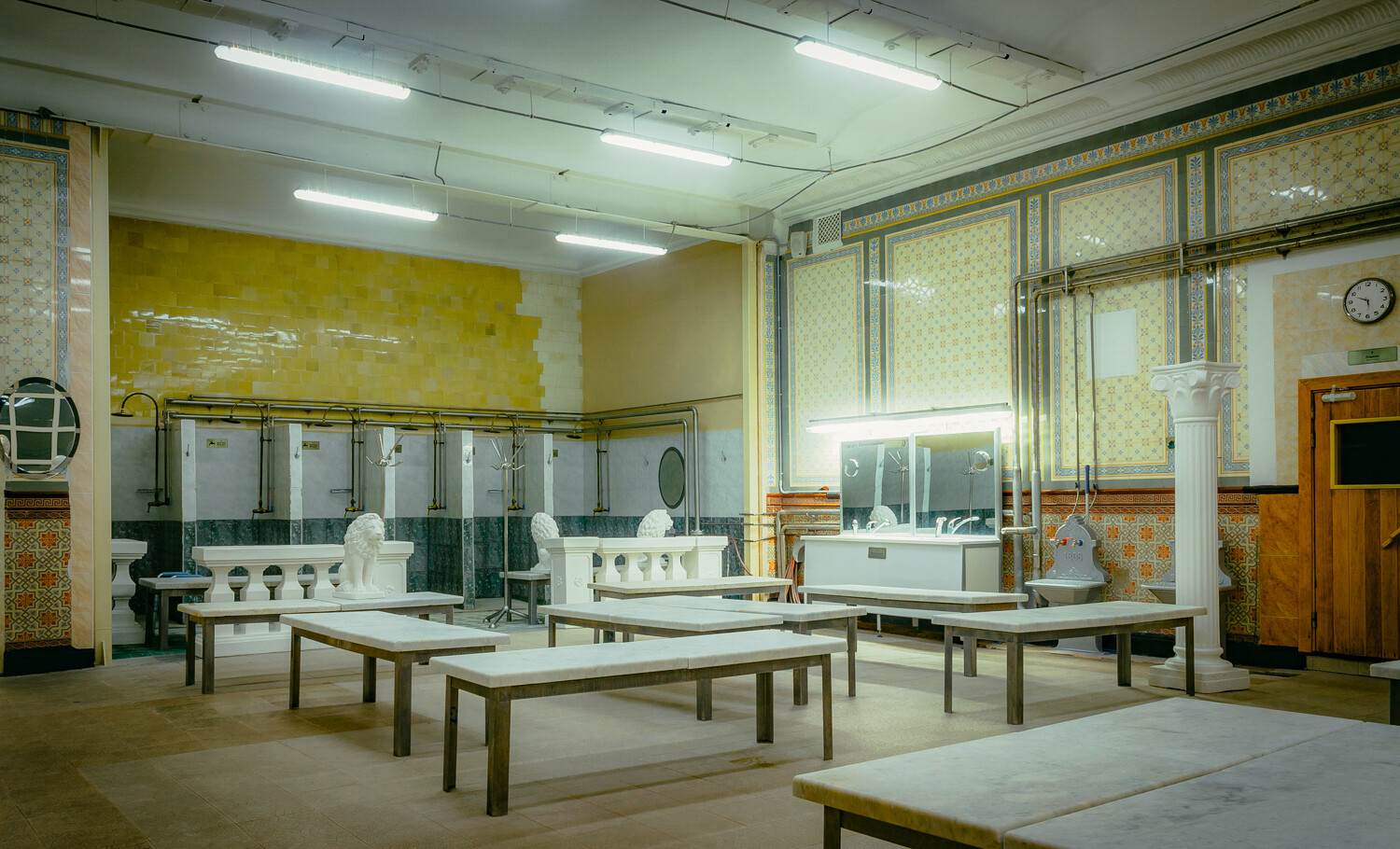
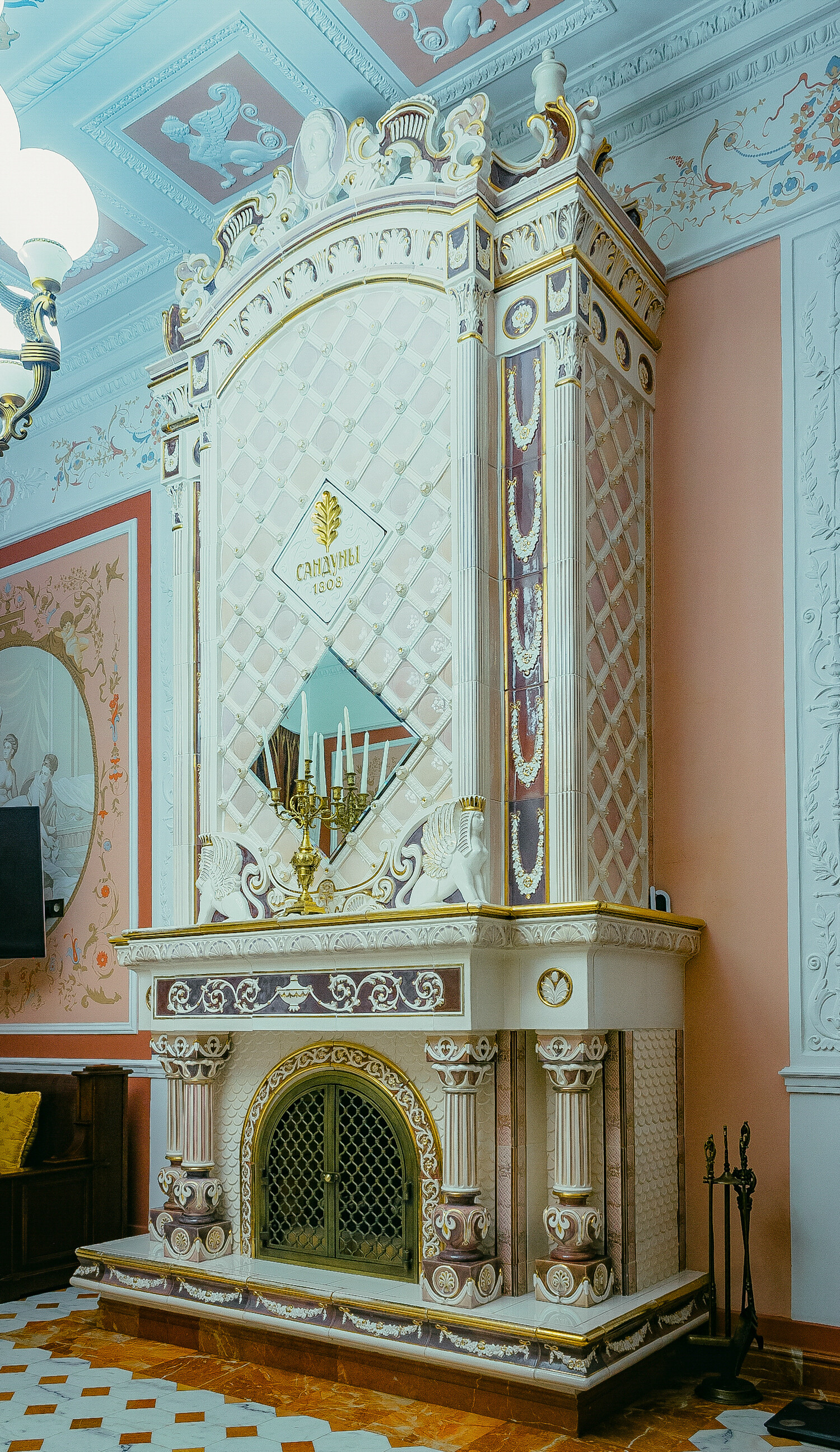
By 1808, construction was finished, and huge crowds flooded to the establishment. “From the day they opened, the Sanduny became the focal point of public life in the capital”, wrote Vladimir Gilyarovsky in his documentary book Moscow and Muscovites (1926), which recounted life in the city during the imperial era. “It was something akin to an English club for nobility, or an outpatient clinic for the everyman.”
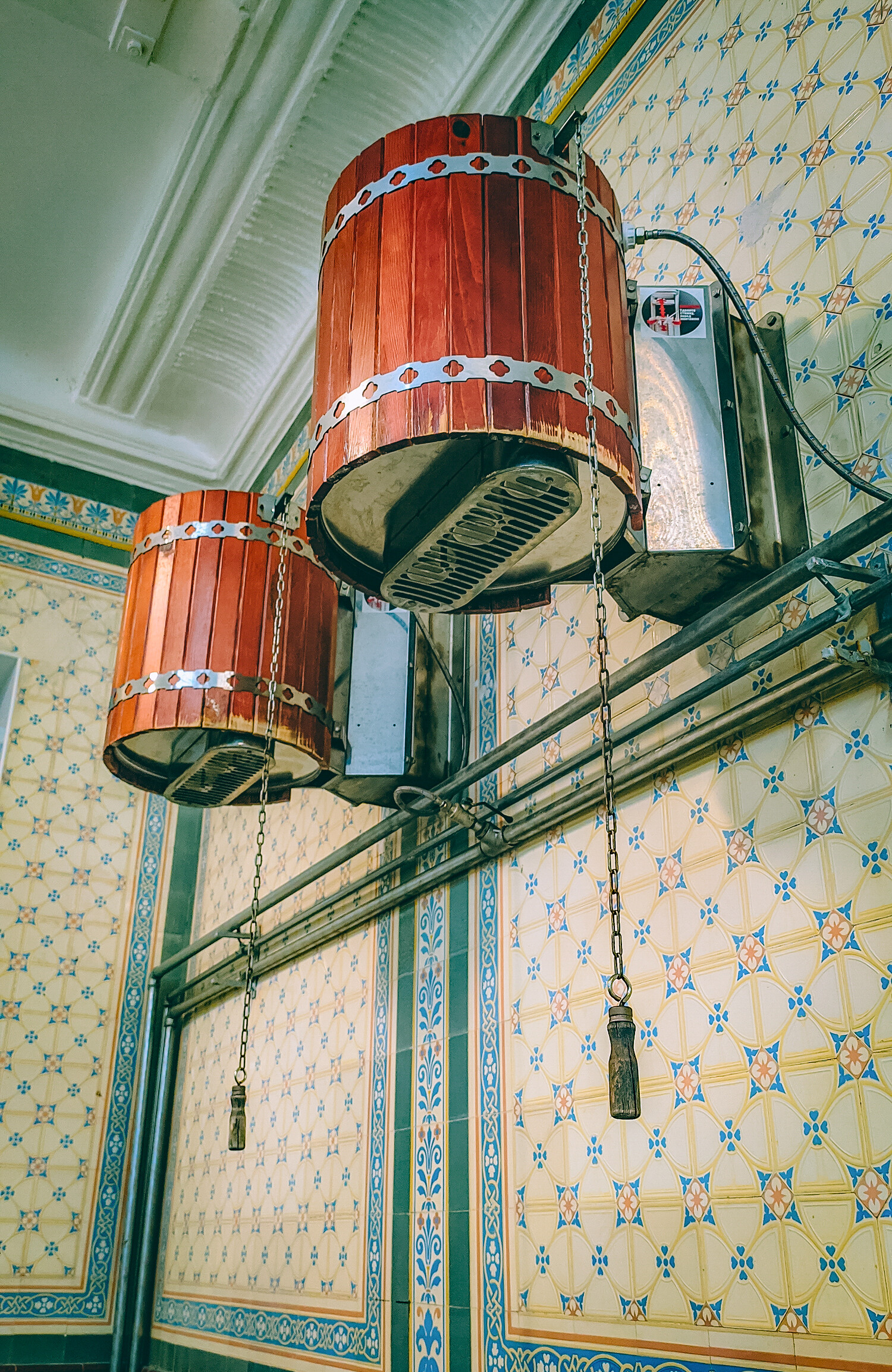
Every social stratum had their own section at Sanduny. The more well-to-do castes went for the five-ruble section, while workers and the less fortunate had to spend five kopeks. Water, heat and steam were the same everywhere - it was the atmosphere that differed in the sections.
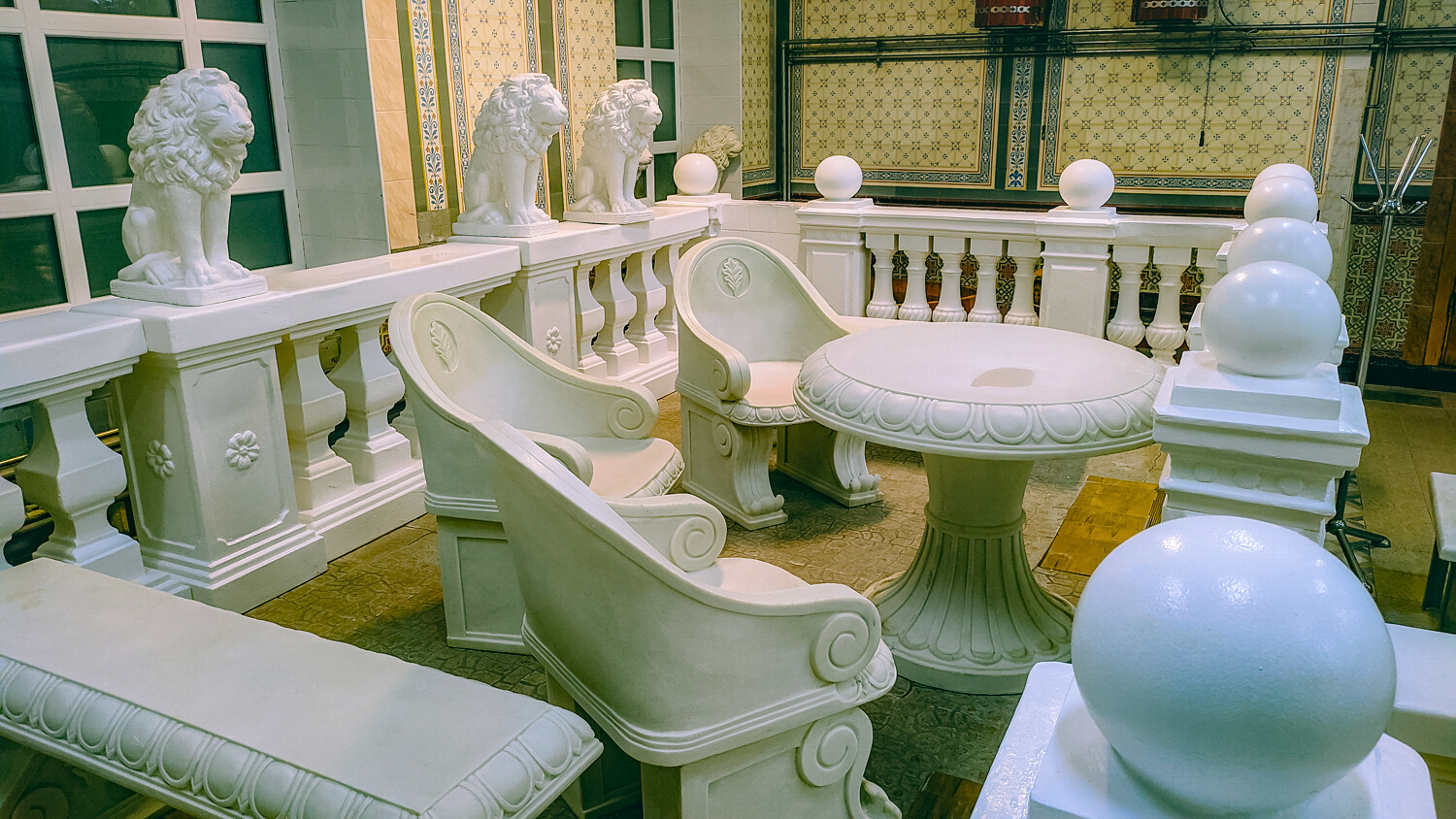
The level of comfort and luxury experienced by high society of that era was unmatched. Male and female sections appeared for the first time in Sanduny. The nobility had special sections with soft furniture, clean sheets, locker rooms with mirrors, silver tubs and trained attendants. The time spent there was so pleasant that the bath house turned into a club, frequented by literary and political elites; aside from Pushkin and Tolstoy, Anton Chekhov, who lived in the neighborhood, was also a regular.
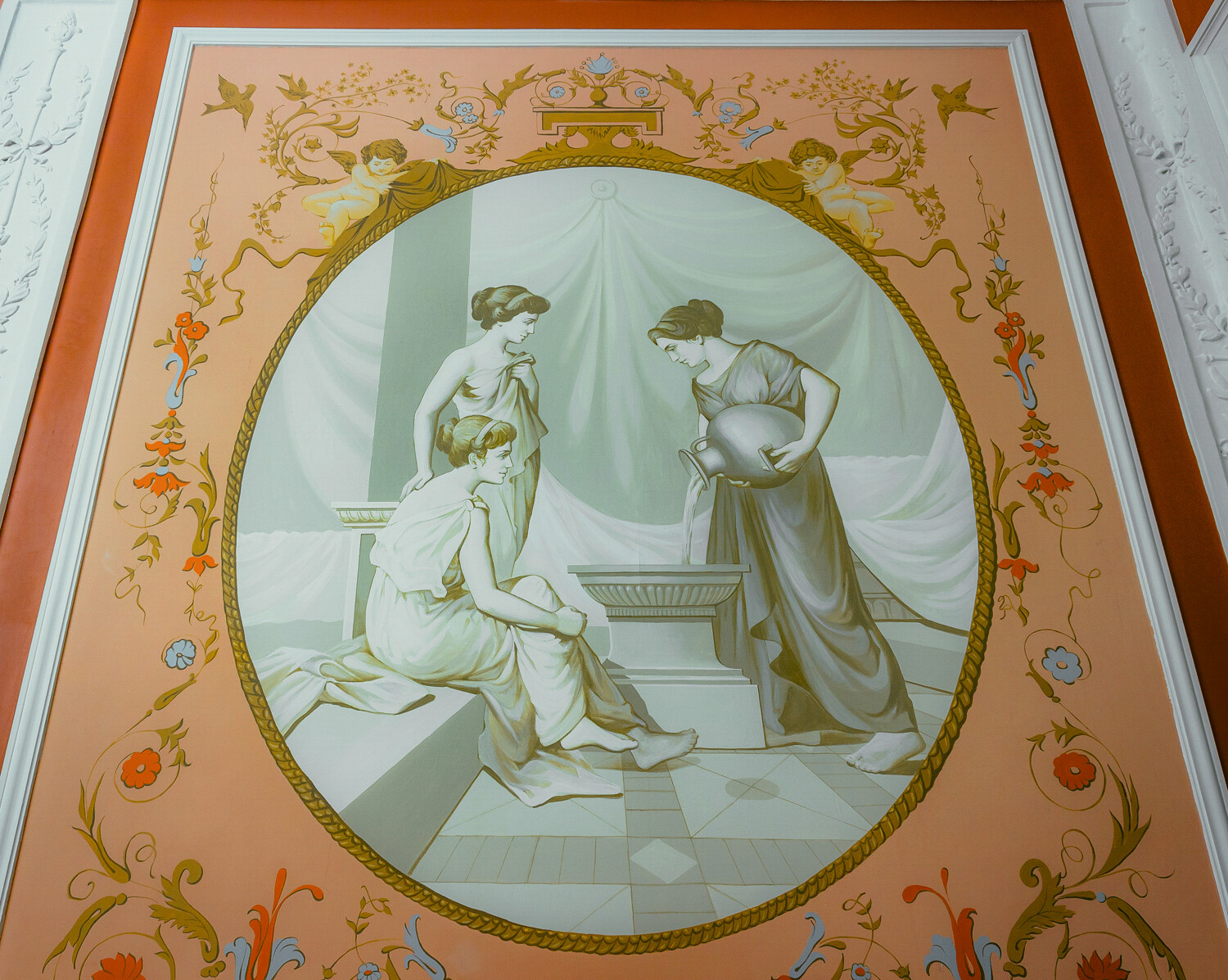
In the course of the 19th century Sanduny changed owners numerous times, and as the century went on, the bath house aged. Sanduny’s reputation continued to work its magic, but its popularity invariably declined as more modern bath houses popped up all over Moscow.
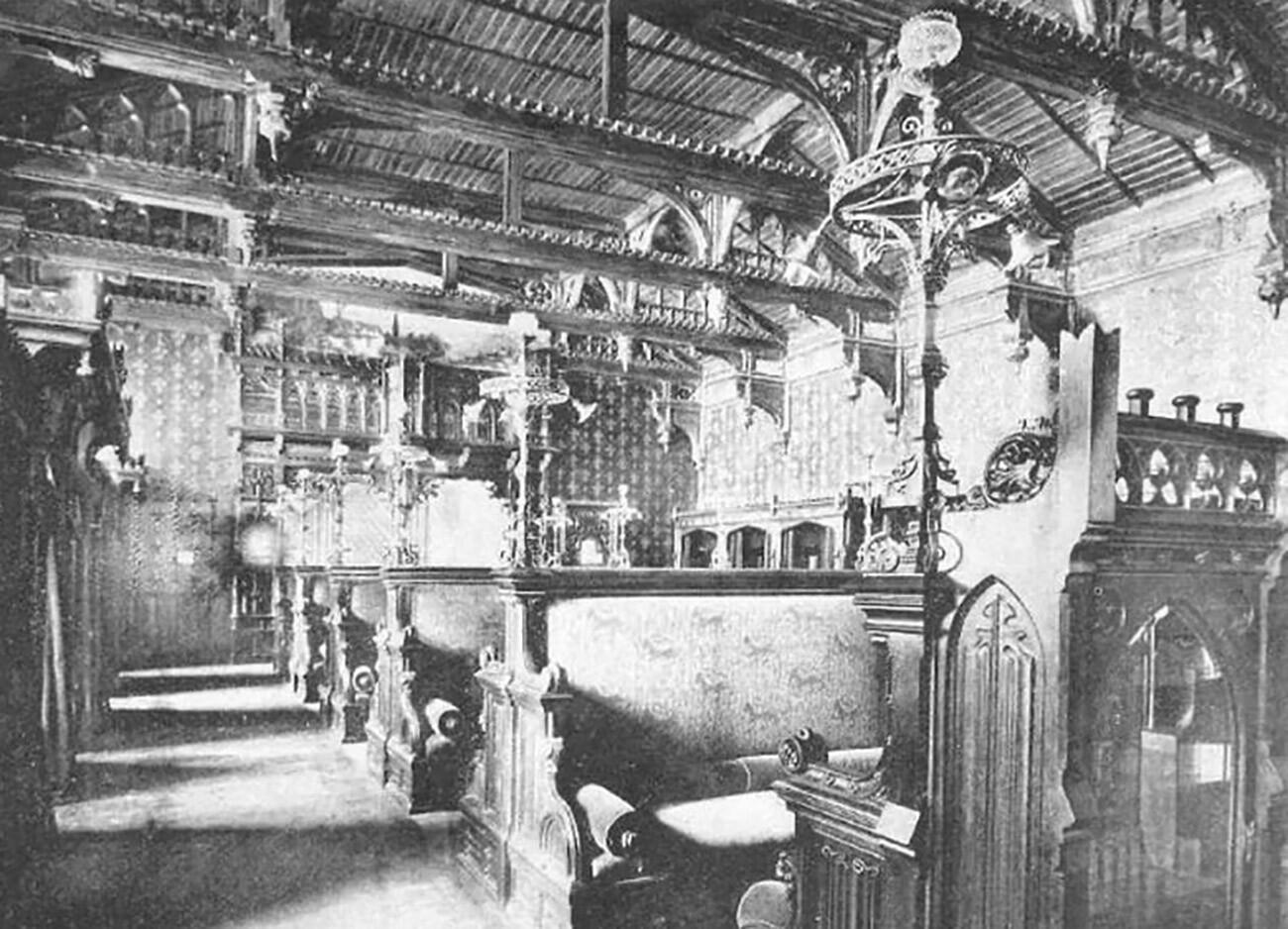

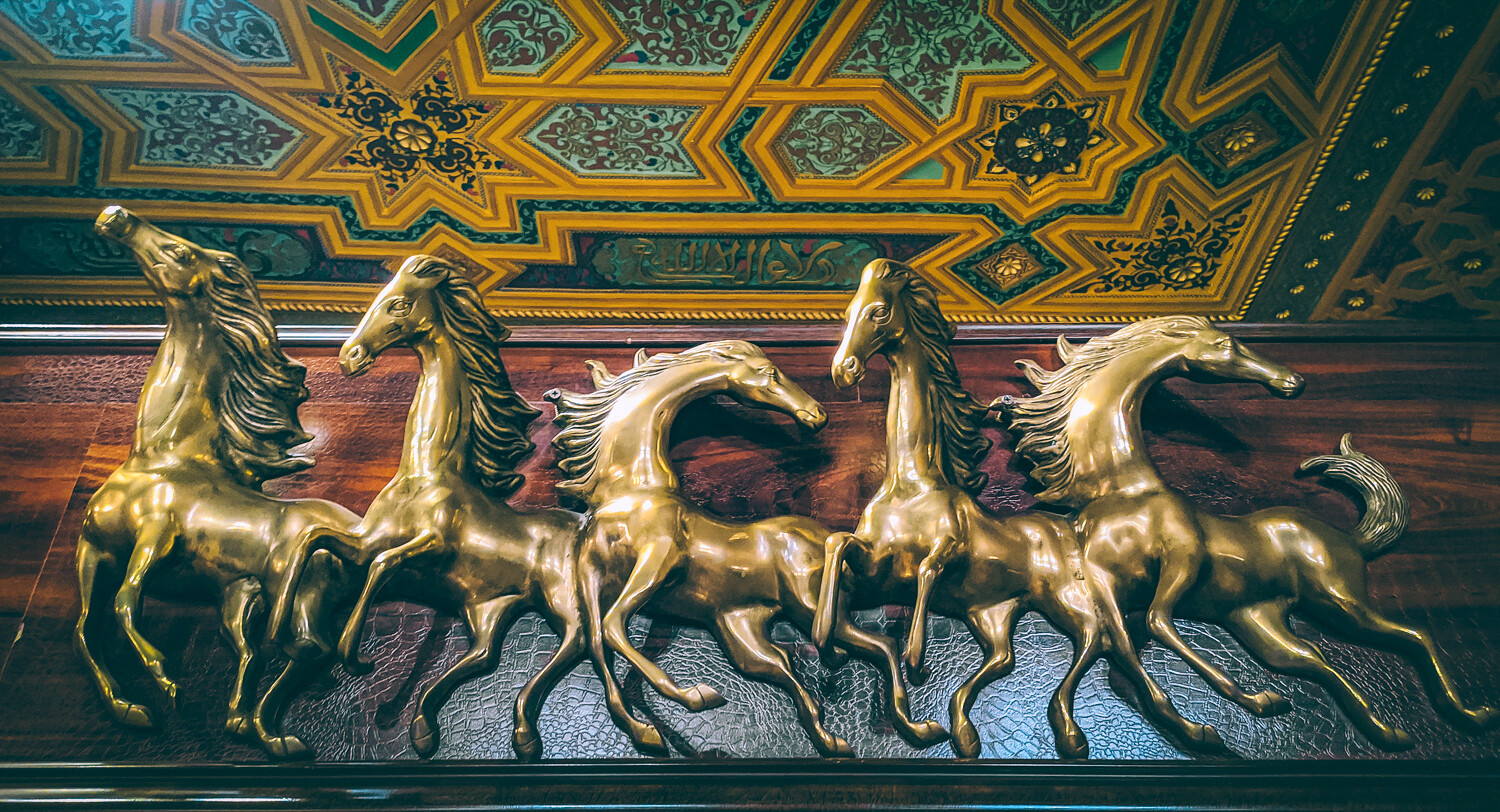
At the turn of the century, Vera Firsanova, the daughter of one of the most prominent businessmen in Moscow, had become the owner. Her husband, Aleksey Ganetsky, managed to convince her to invest big, and thus, the “palace” we know today appeared, giving the bath complex a new lease on life.
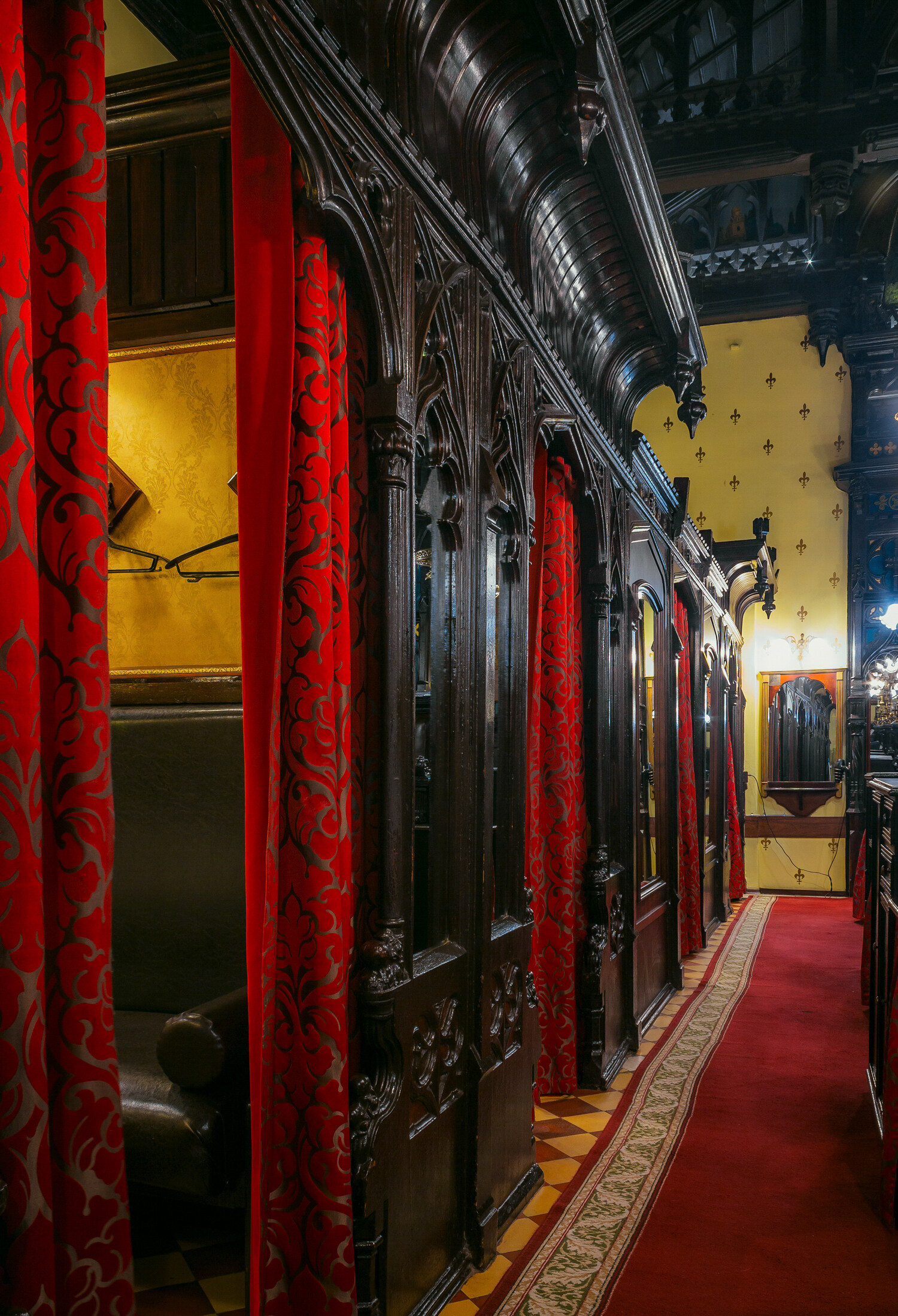
The renovation plan was larger than life. Ganetsky traveled to Turkey and Ireland to gather knowledge and experience on how to go about it, hiring one of the foremost architects of the period, Boris Freidenberg, as well as importing back to Russia the finest building materials that money could buy: marble, Italian and Norwegian granite, tiles from Switzerland and England, and so on. There was even a specially built electrical plant to meet Sanduny’s power consumption demands - the third such structure in all of Moscow at the time; and the water was filtered using cutting-edge American technology.
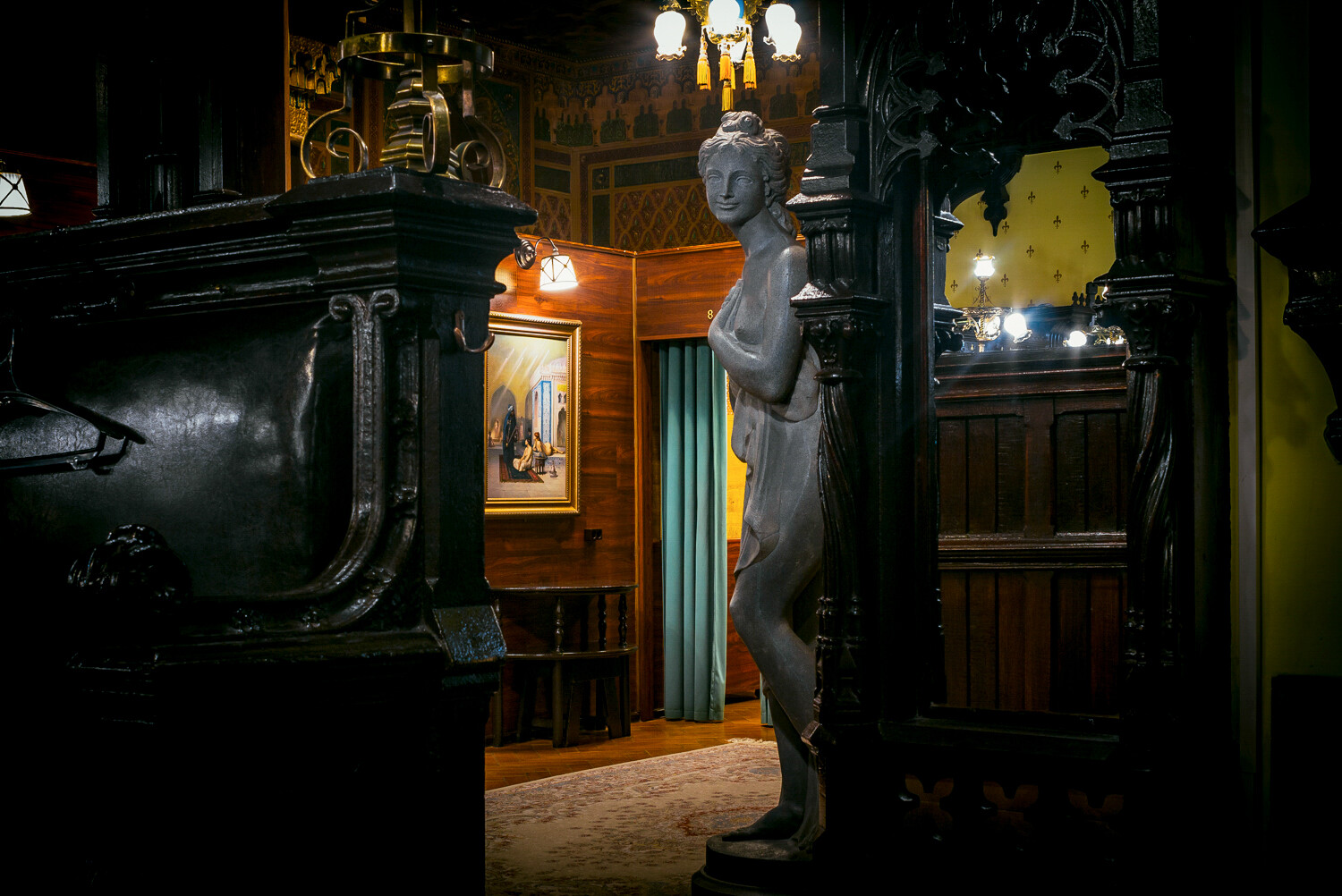
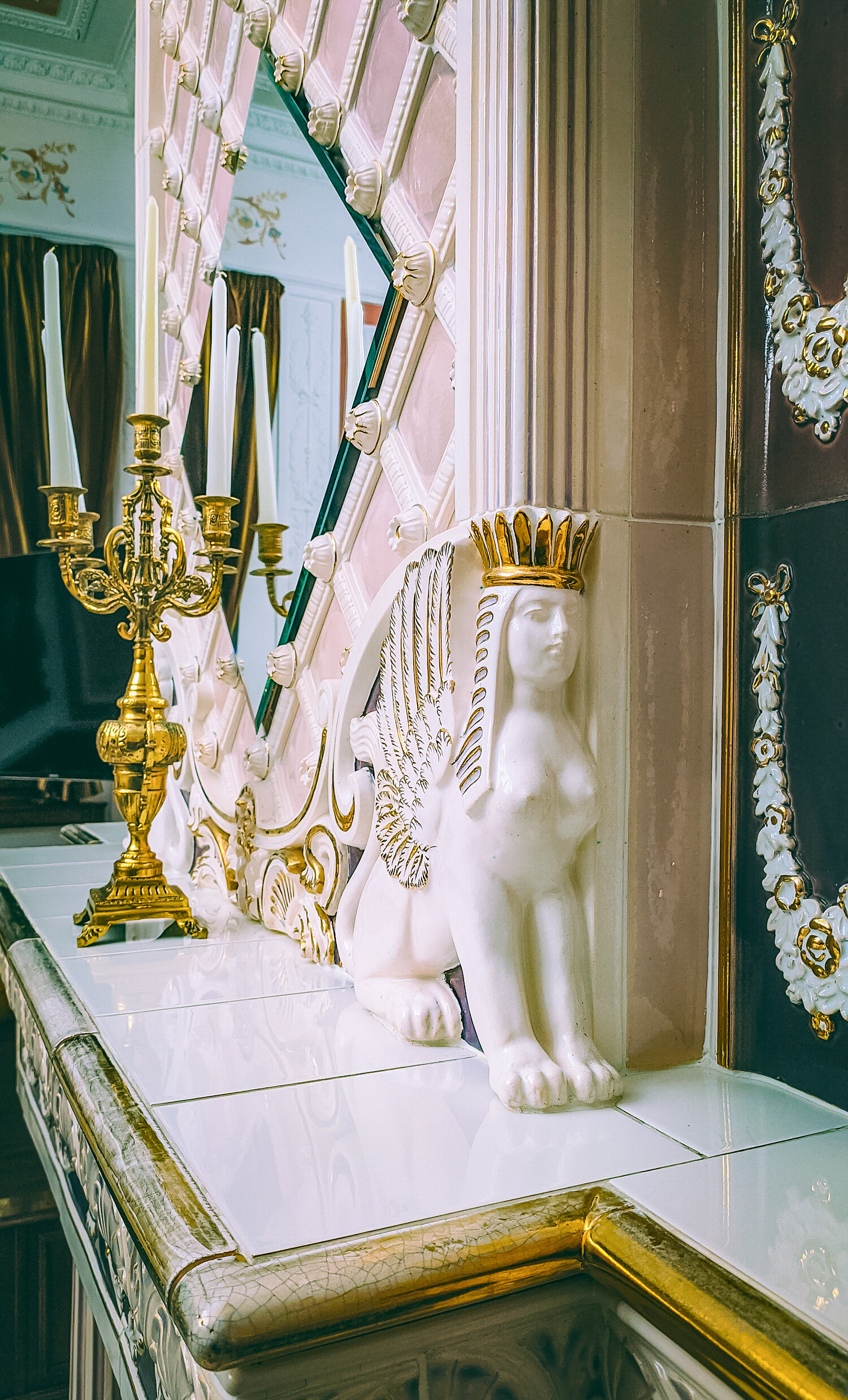
The new Sanduny opened its doors in 1896, as “half of Moscow” flocked to the bath house to take a look. And it was a sight to behold: an Arabic-style courtyard, separate Mauritian and Gothic halls, Irish and Russian steam rooms, an antique-style swimming pool, marble staircases, golden statues and inscriptions - all of it could compete with the ornate homes of the Russian nobility of the time.
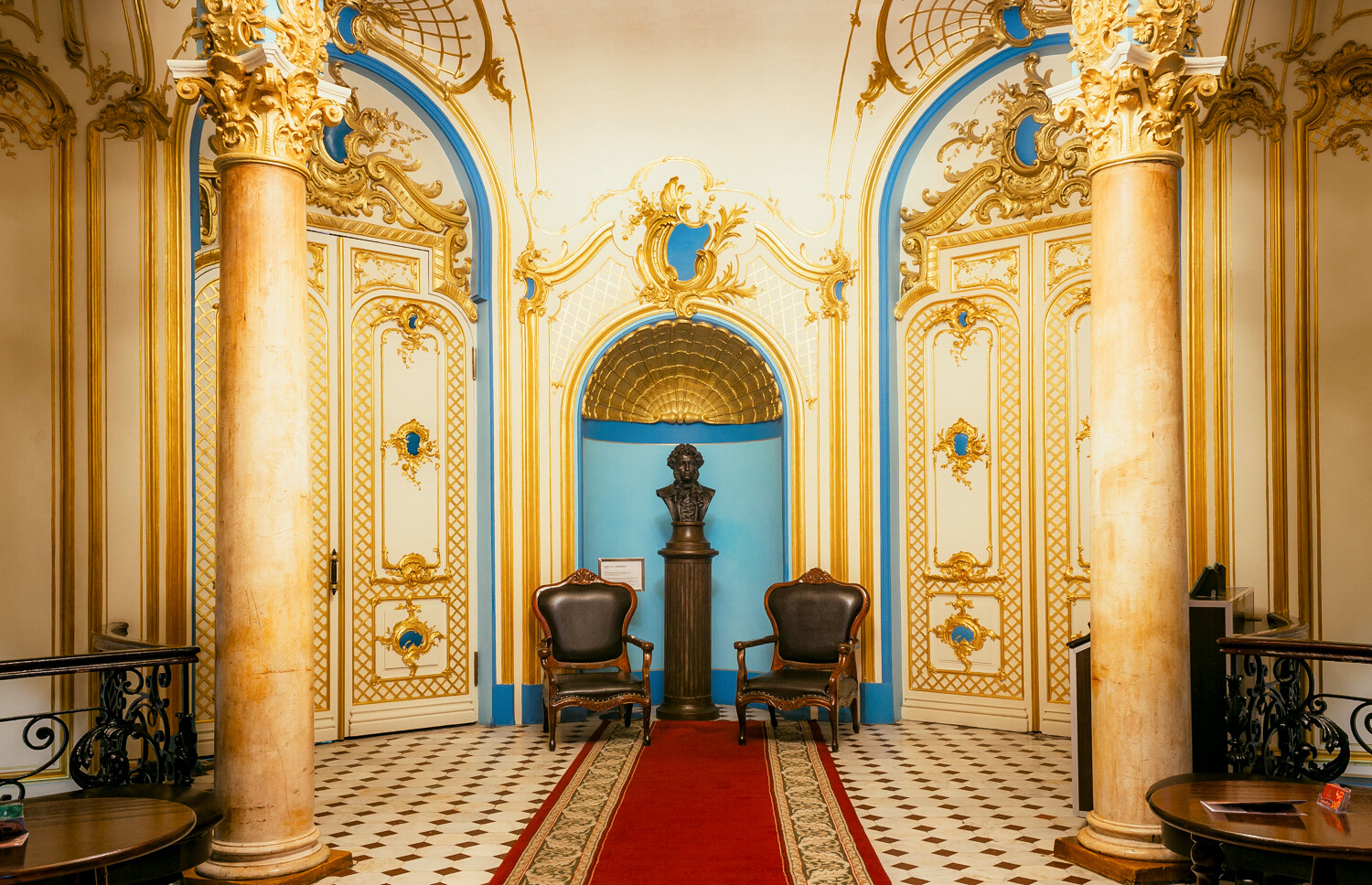
Sanduny was finally back in the big leagues. Opera singer Fedor Shalyapin, himself a regular, was particularly fond of the ukha (fish soup) that they served there, calling the establishment a “Tsar Banya”, and with good reason: even members of the Romanov dynasty liked to take a dip.
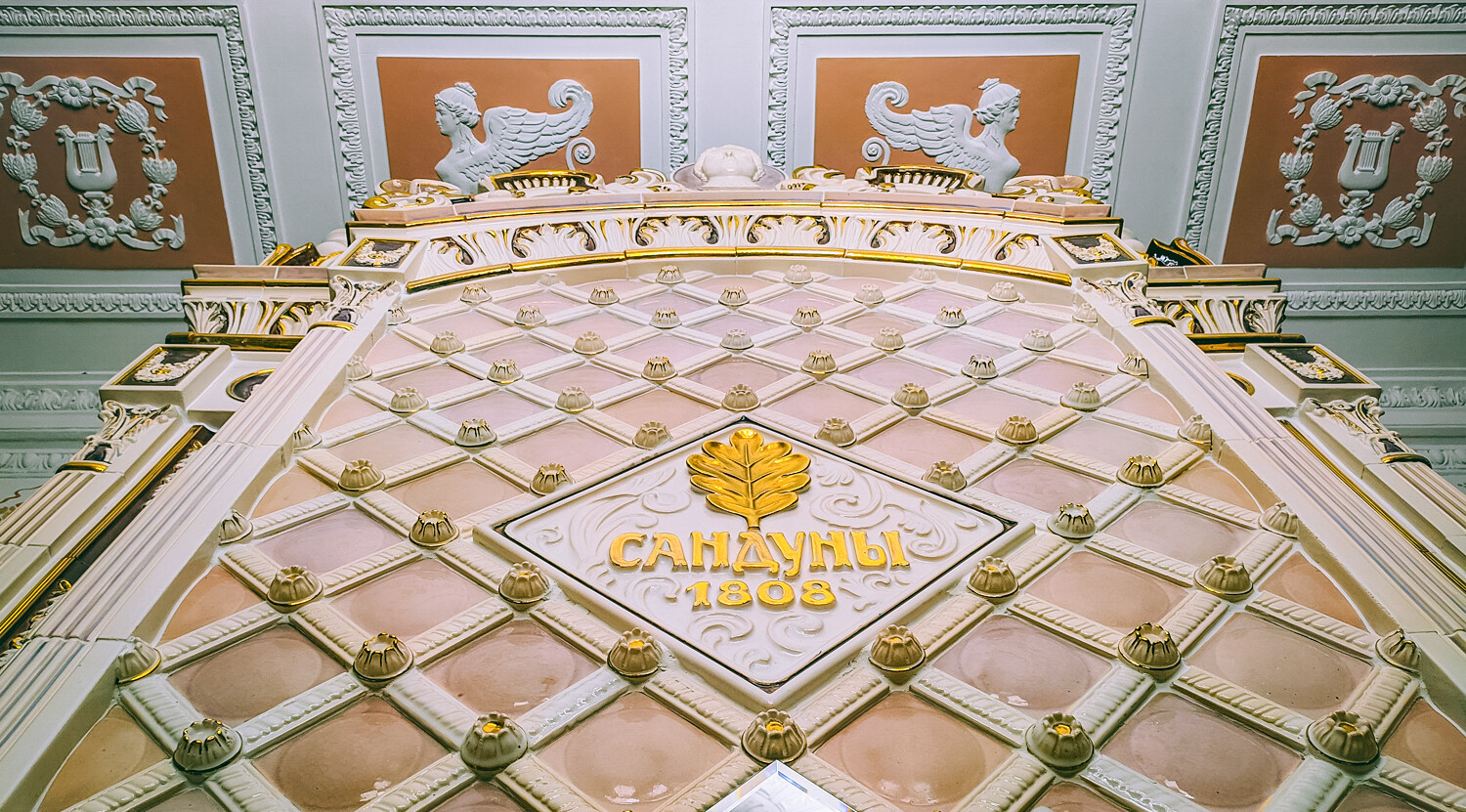
By the time the communists came to power, Moscow had almost lost the bath complex with all its luxury and shine. Sanduny didn’t fit in with the new regime’s anti-bourgeois policies, to put it mildly. However, the bathhouse managed to weather the storm (no doubt owing to its popularity among some of the new Kremlin bosses). Renovations, however, were on pause during the early Soviet period, causing much structural disintegration. Sufficient attention was finally given to it in the 1990s, with a lot of cosmetic and other work done on the interiors; in the 2000s, black and white photographs from the past were used to restore the bathhouse to its former glory. The luxurious men’s section was the best preserved of all the 19th century interiors, and that’s where the museum tours are held today. The tier system is still active, but the names have been changed simply to ‘First’ and ‘Luxury’.
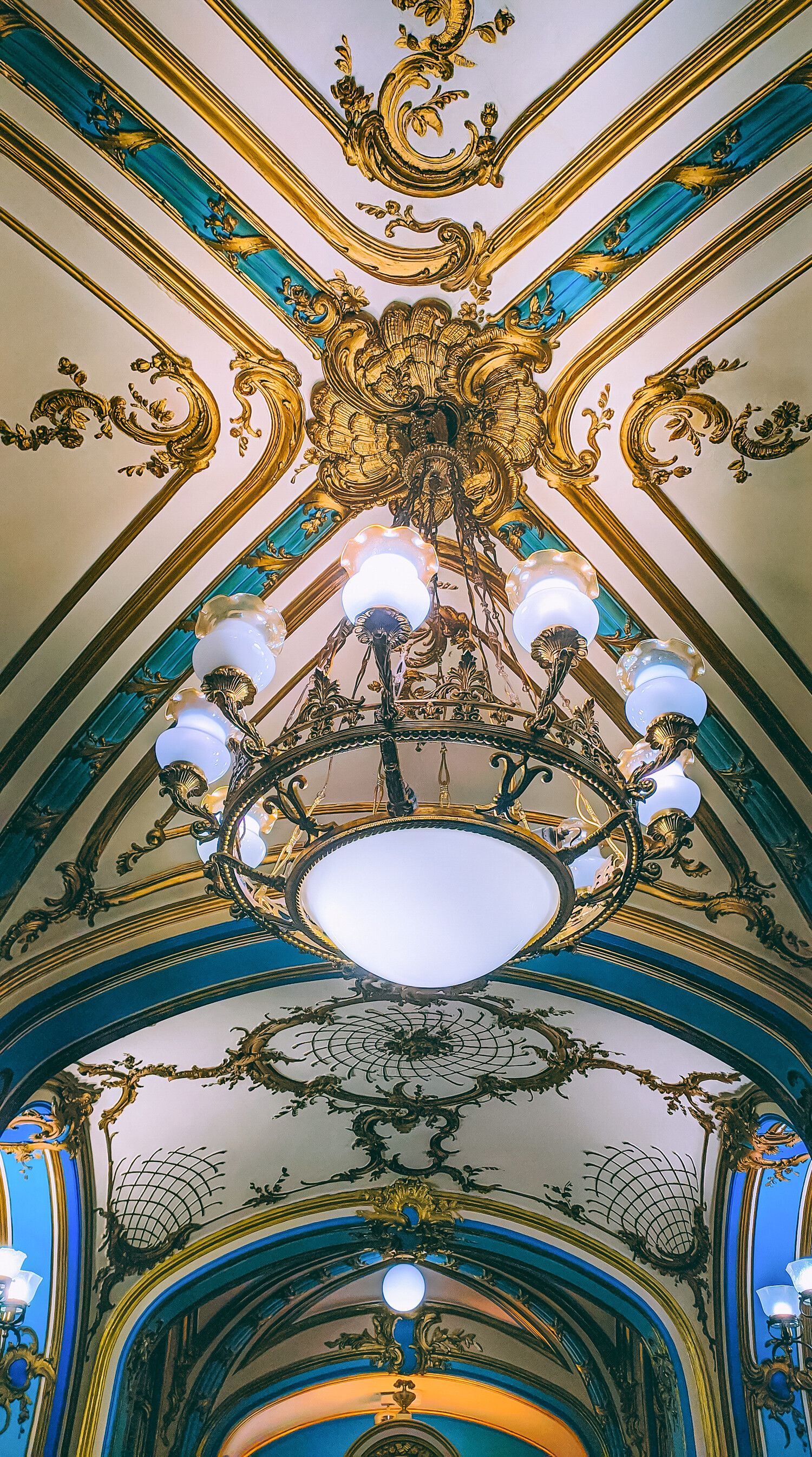
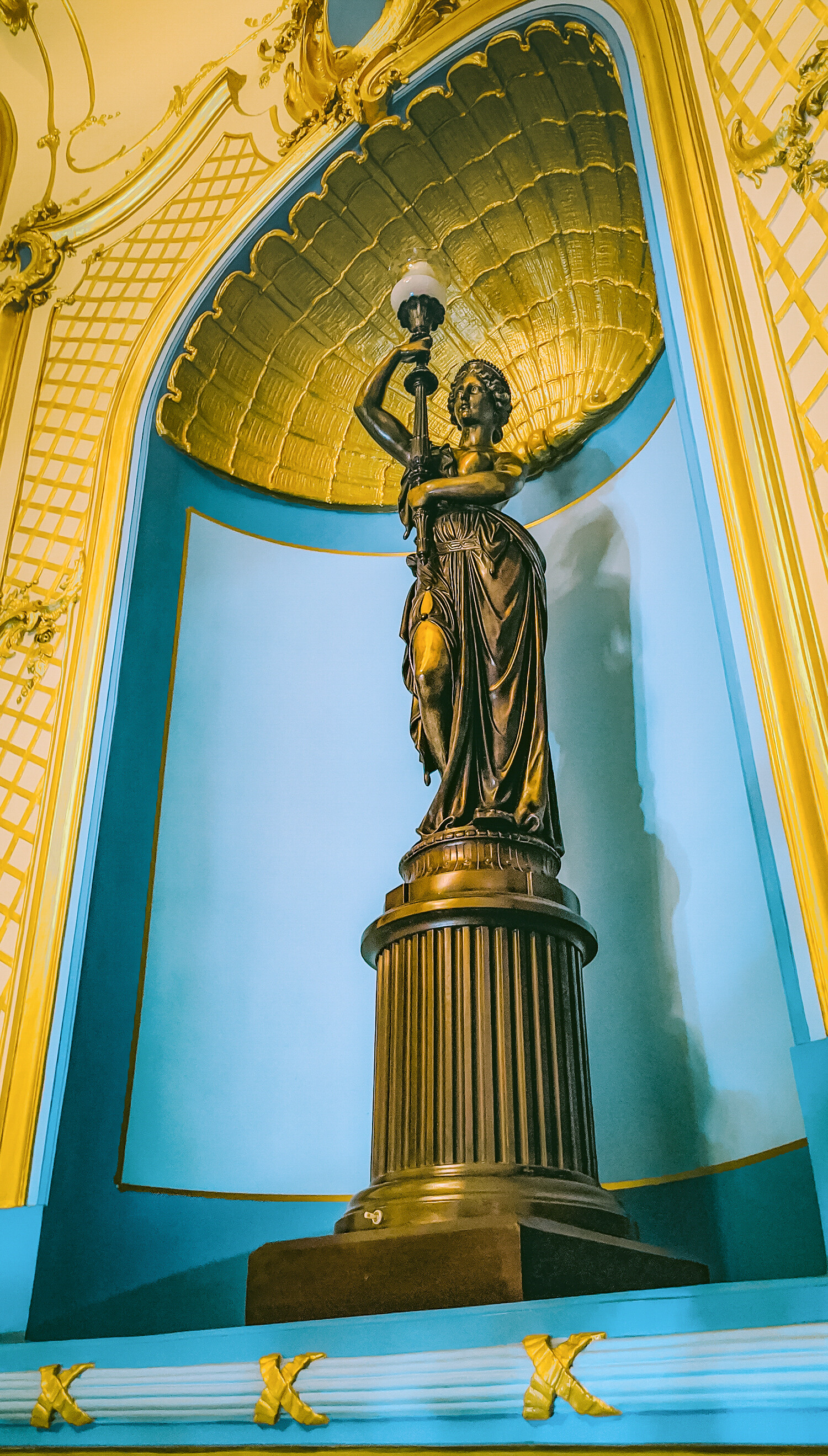
“The First tier has a softer and more humid steam room, while our Luxury hall has the hotter and stronger kind. Both get many visitors. There are female regulars here with memberships that go back 20 years. There’s a sort of open house in the First Hall on some days, with discounts for the elderly. That’s when you get visitors who are very familiar with the place, and have been visiting since the era of communal apartments with no washrooms,” says Aleksandra Goryachevskaya, a Luxury-tier regular.
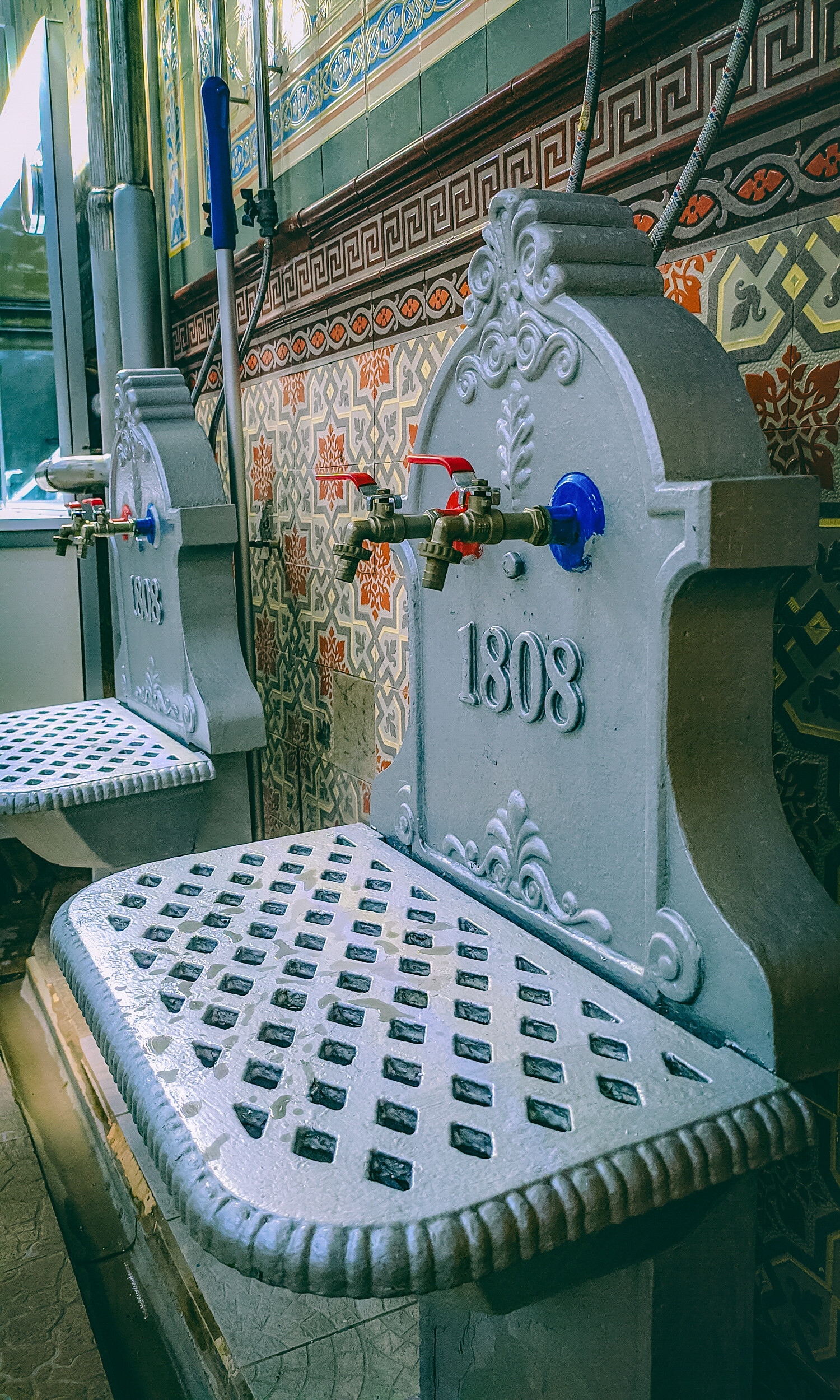
There’s a rich variety of customers today - young and old, including young women, who often order various health and beauty procedures from the wide-ranging menu. But there are also famous artists, businessmen, white collar workers, athletes and Bolshoi ballerinas (the bathhouse has often been compared to the iconic theater in terms of Moscow’s cultural heritage). Ballerinas say the baths are important to help relax their muscles.
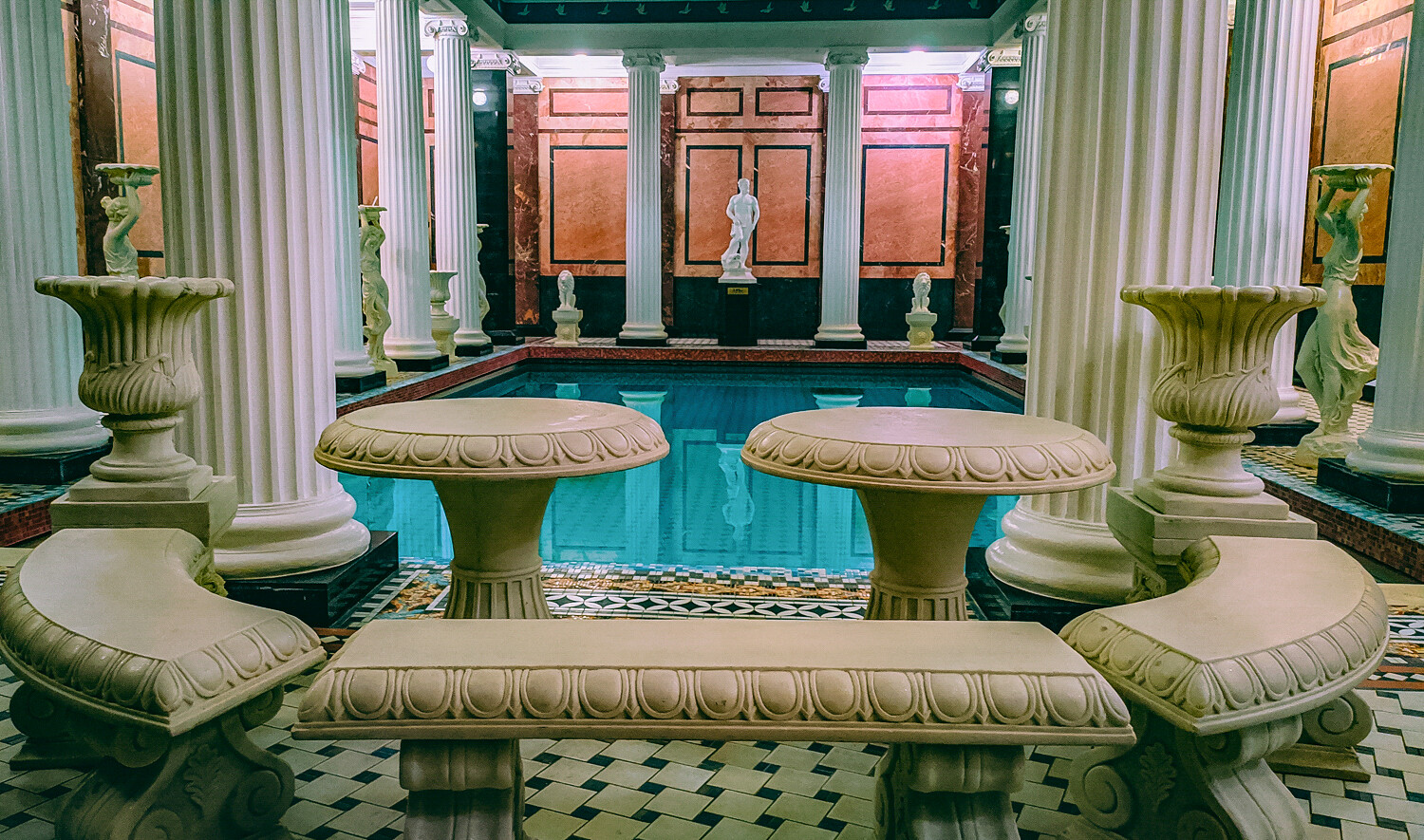
The restaurant is still there, serving traditional Russian food. Furthermore, aside from the traditional men’s and women’s halls, there are private steam quarters that can be booked in advance: the ‘Sovetsky’, ‘Kamchatka’, ‘Rimsky’, ‘Baikal’, ‘Kupechesky’ and so on. Each has not only a steam room, but a pool, living room and even a bedroom.
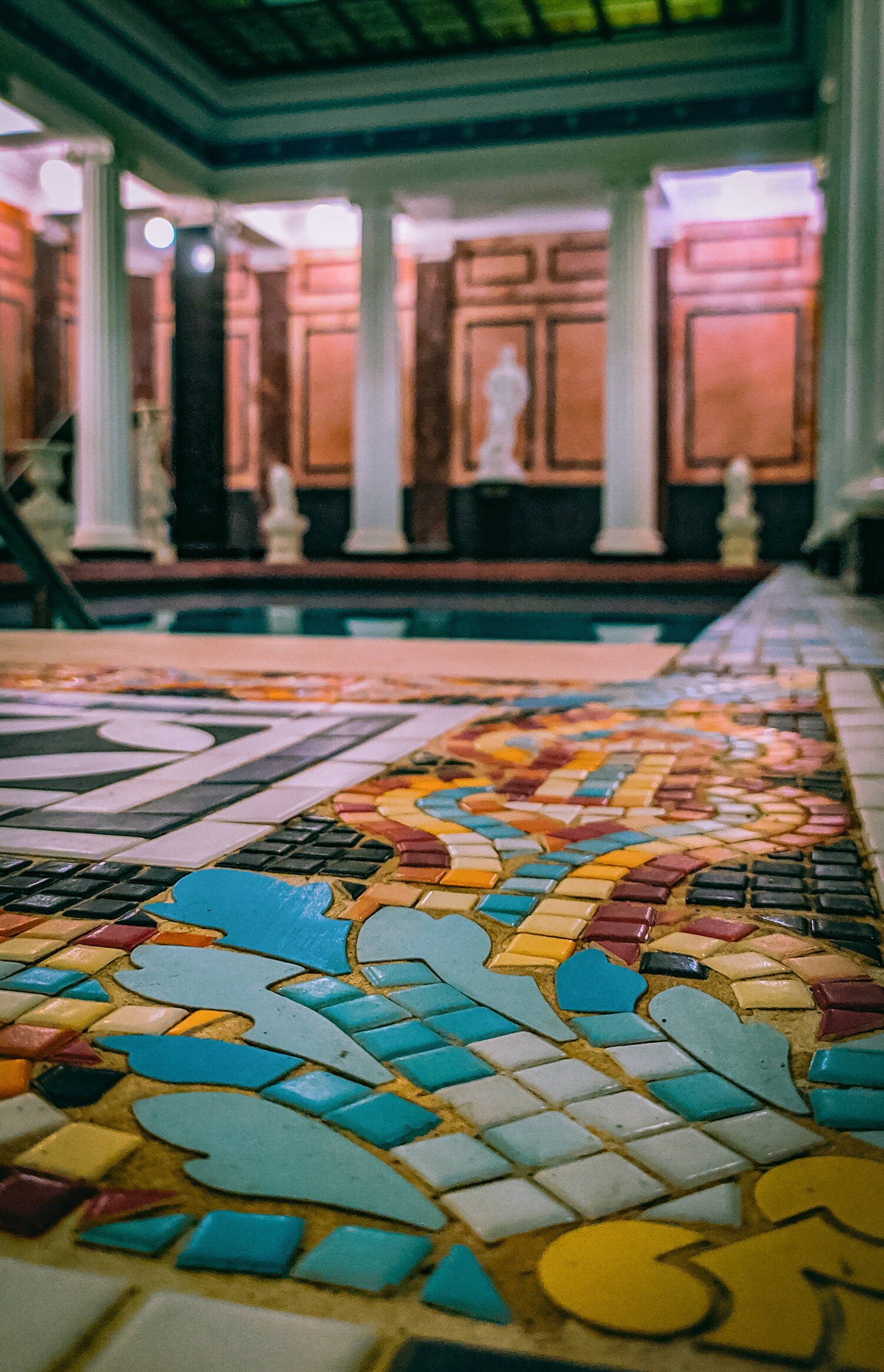
“I advise you to get a hat for the banya when you go, and a bathrobe, if you need one. You can bring your own water, or get it from the relatively cheap minibar. We ordered tea, pancakes with caviar and salmon, and honey,” said Valentina from Moscow.
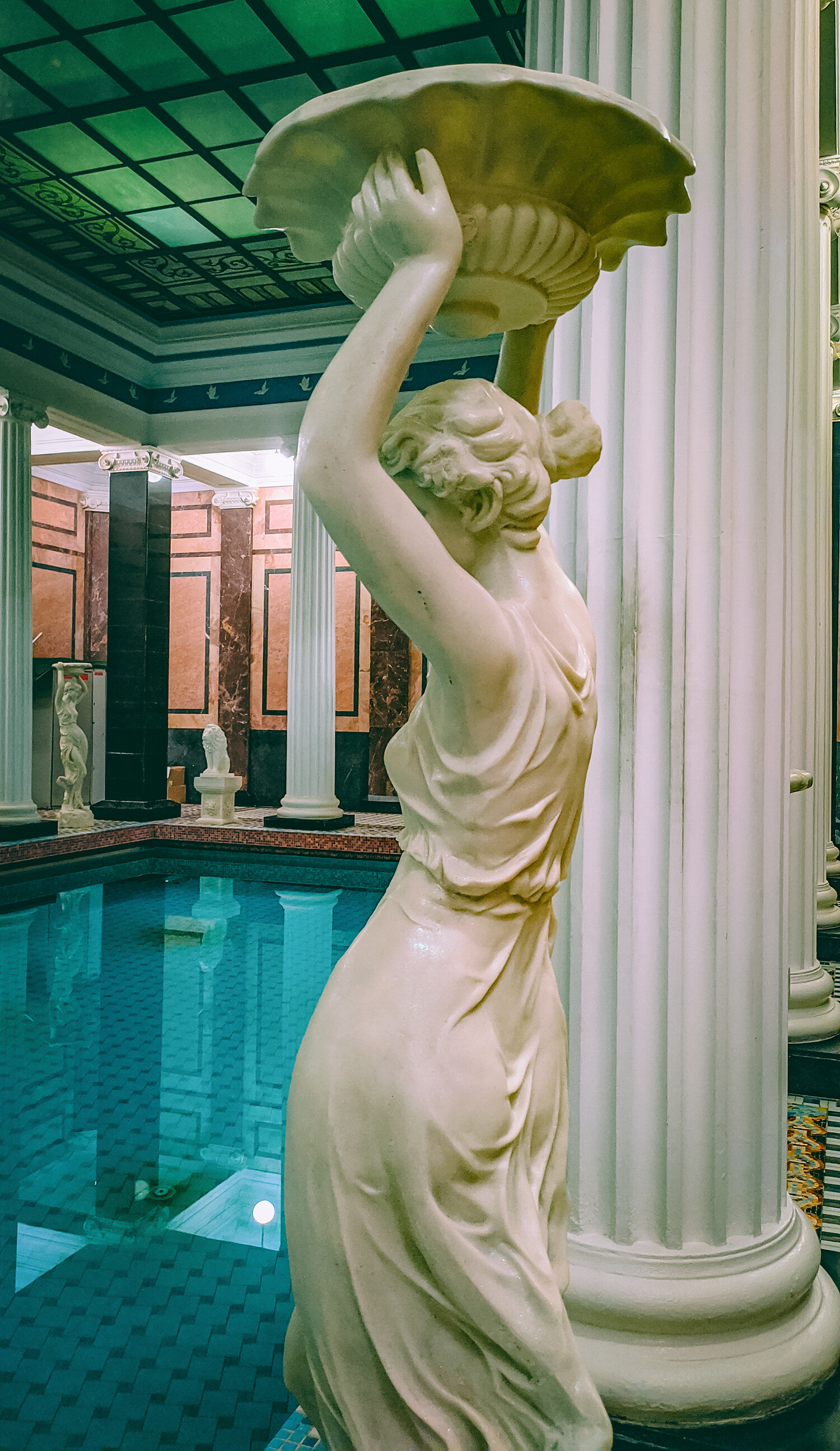
In order to have a great time and avoid negatively impacting your health, it’s a good idea to avoid alcohol and refrain from visiting the bath complex if afflicted with any serious health conditions, such as a fever or any type of inflammation or sores, according to Aleksey Vonikov, a luxury-tier member. “Alcohol and banya don’t mix at all! The rule must be observed just as if you were behind the wheel: not a gram of alcohol. Once you’re done steaming, then head home, and have your drink”, said Aleksey Novikov, another member.
Read more:This blogger knows EVERYTHING about banya culture in Russia
If using any of Russia Beyond's content, partly or in full, always provide an active hyperlink to the original material.
Subscribe
to our newsletter!
Get the week's best stories straight to your inbox